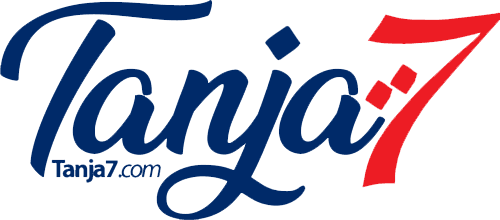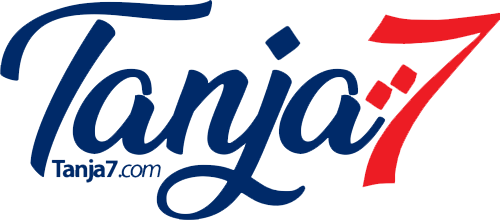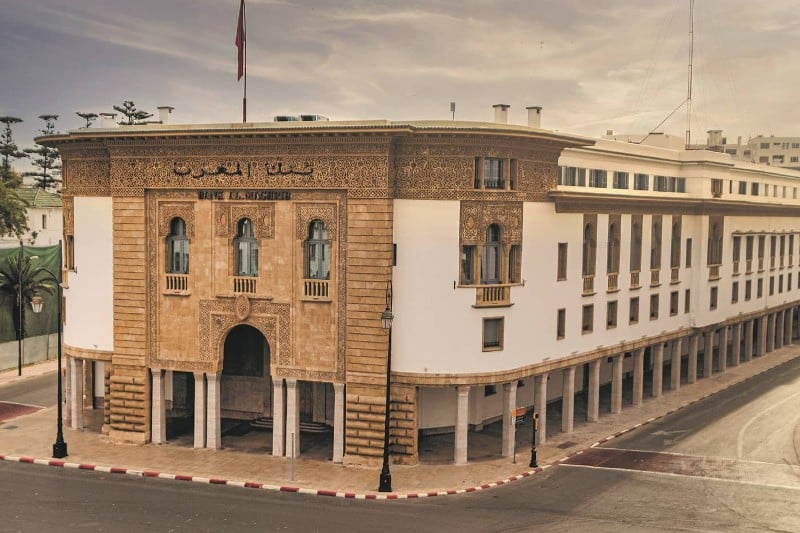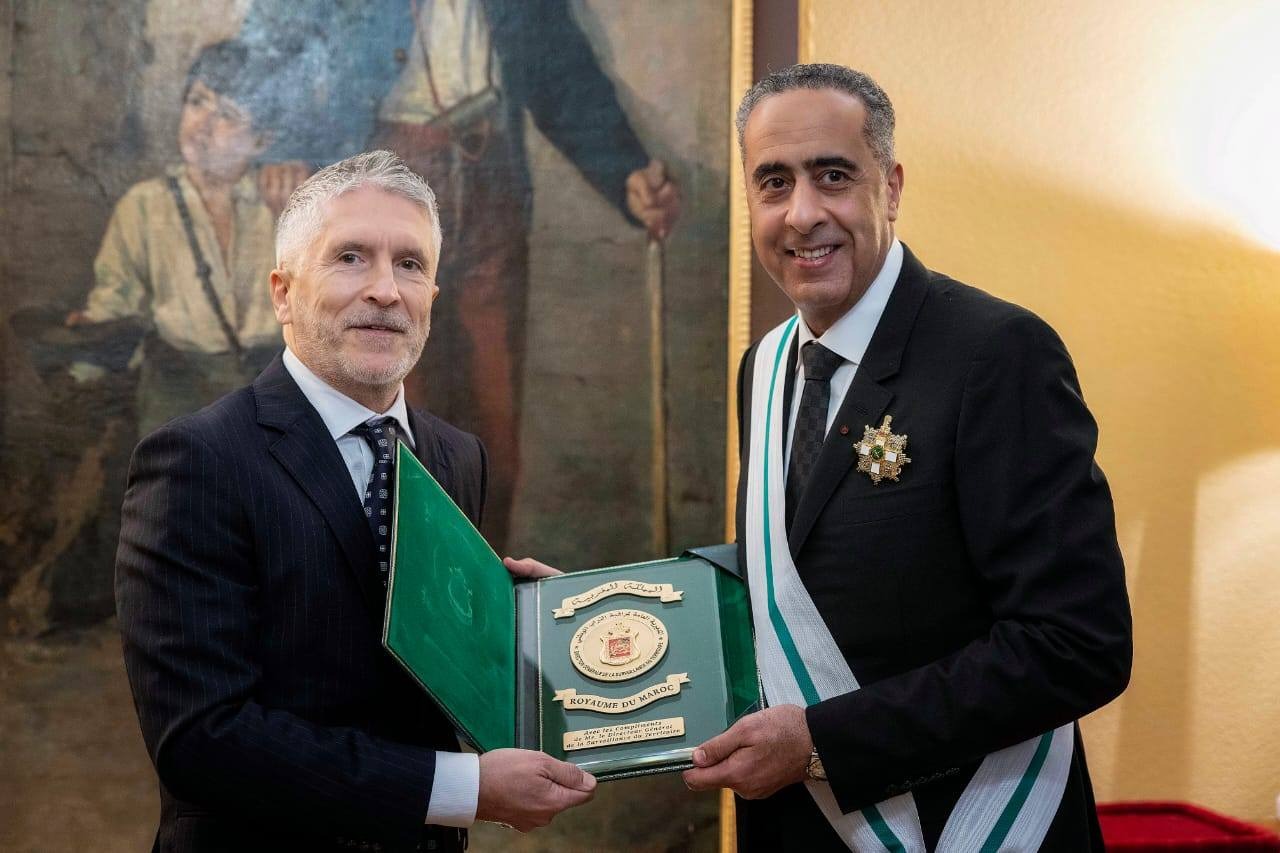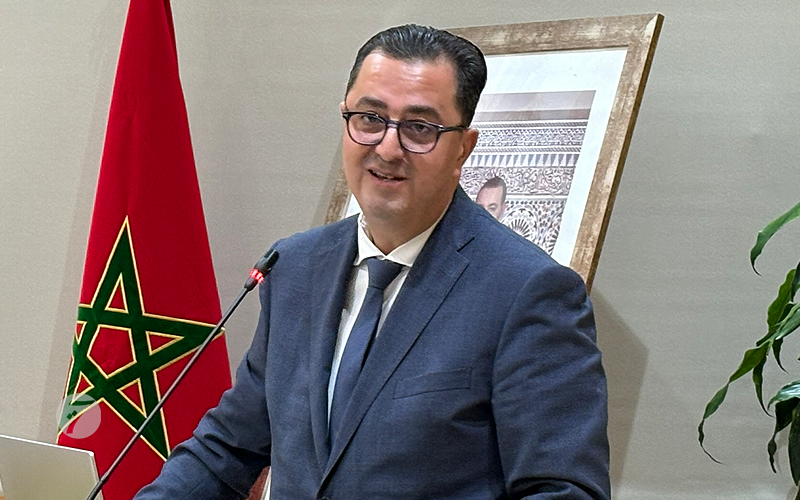Bank of Morocco Keeps Main Interest Rate Unchanged at 2.25%
The Board of the Bank of Morocco, convened on Tuesday in Rabat, decided to maintain the main interest rate at 2.25%.
In a statement regarding its second quarterly meeting for 2025, the bank noted that this decision reflects the current inflation levels aligning with the medium-term price stability objective. Given the noticeable acceleration in non-agricultural growth, and stabilizing expectations, the council opted to keep the interest rate unchanged amid significant uncertainties affecting the outlook.
The council emphasized its commitment to monitoring the effects of its recent interest rate reductions, particularly in relation to financing for very small, small, and medium enterprises, and will base future decisions on the latest available data.
Recent data from the first quarter of 2025 showed a cumulative reduction of 45 basis points in interest rates applied to bank loans for the non-financial sector since the onset of monetary easing in June 2024.
During the meeting, the council reviewed and approved the annual report on the economic, monetary, and financial situation of the country, as well as the bank’s activities for 2024. It also assessed the implementation of the new program aimed at supporting bank financing for very small enterprises, launched in March, which includes measures to streamline credit offerings and improve guarantee mechanisms.
The council analyzed both the national and international economic contexts. It noted exceptional uncertainty arising particularly from the United States’ new trade policies and ongoing conflicts in Ukraine and the Middle East. The global economic growth is expected to slow down, which is anticipated to contribute to a continued decline in inflation.
On the national front, recent data indicates a significant acceleration in non-agricultural activity, expected to persist in the medium term due to infrastructure investments aimed at mitigating climate change impacts and preparing for major events by 2030. This improvement is anticipated to support a tangible recovery in the labor market in the coming quarters.
Inflation
Inflation has notably slowed in recent months, decreasing from an average of 2% in the first quarter of this year to 0.7% in April and 0.4% in May. This decline is mainly attributed to the reduced pace of food price increases, particularly for fresh meat. The Bank of Morocco forecasts that inflation will end 2025 around 1%, rising to 1.8% in 2026, with similar trends anticipated for its core components.
The bank highlighted that this outlook remains surrounded by significant uncertainties, especially related to external trade policies and the impact of geopolitical tensions, as well as internal agricultural supply developments.
The council reported that inflation expectations have stabilized, with financial sector experts projecting an average inflation rate of 2.3% for the second quarter of 2025, and 2.5% over a 12-month horizon.
Economic Growth
In its forecasts, the Bank of Morocco expects a significant acceleration in national economic growth this year, reaching 4.6%, followed by stability at 4.4% in 2026. The agricultural value-added is anticipated to grow by 5% in 2025 based on a projected cereal harvest of 44 million quintals. For 2026, growth is expected to be 3.2%, assuming an average production of 50 million quintals.
Non-agricultural sectors are expected to grow by approximately 4.5% in both 2025 and 2026, driven by strong investment dynamics in infrastructure.
On the external accounts, trade exchanges are anticipated to strengthen, with a limited direct impact from U.S. tariffs. Exports are projected to increase by 5.1% in 2025 and 9% in 2026, primarily driven by rising phosphate exports, which are expected to reach 106.7 billion dirhams in 2026.
In contrast, due to unfavorable European market conditions, automobile sales are expected to stagnate in 2025 before experiencing significant recovery in 2026, reaching 188 billion dirhams.
Meanwhile, imports are expected to rise by 5.1% this year and 7% the next, supported by increased equipment goods purchases. The energy bill, however, is forecasted to decline further to 96 billion by 2026.
Additionally, travel revenues are projected to perform robustly, reaching 128.4 billion by 2026. While remittances from Moroccans abroad are expected to decline in the short term, they are anticipated to rise to approximately 121 billion by the end of 2025.
In this context, the current account deficit is expected to remain limited, close to 2% of GDP in 2025 and 2026. Foreign direct investment is likely to maintain an upward trend, reaching approximately 3.5% of GDP by 2026.
Considering external financing for the treasury, official reserve assets are projected to strengthen to 407 billion dirhams by the end of 2025, increasing to 423.7 billion by the end of 2026, equivalent to roughly 5.5 months of goods and services imports.
Regarding liquidity conditions, the liquidity deficit is expected to decrease to 122.5 billion dirhams by the end of 2025, before worsening to 140 billion in 2026.
Given the anticipated economic activity and banking sector expectations, credit to the non-financial sector is expected to grow by more than 6% in 2025 and 2026, compared to an average growth of 2.7% over the past two years.
The real effective exchange rate is expected to remain relatively stable through the end of 2026, with a projected increase of 1.9% in 2025 followed by a decrease of 1.7% in 2026.
For updates on economic news, follow Tanja7 on Facebook, Instagram, and X.
